Uncovering the Power of Solar Energy: An Overview
In this comprehensive guide, we will be uncovering the power of solar energy and exploring its various applications, benefits, and future trends.
Solar energy is a clean and renewable source of energy that has gained significant attention in recent years due to its many benefits and potential to meet our energy needs.
Introduction To Solar Energy
Solar energy is energy that is produced from the sun through the conversion of sunlight into electricity. This energy source has been used for centuries, but it has only recently become a popular alternative to traditional fossil fuels due to advancements in technology and an increased focus on sustainability. The main objective of this article is to provide a comprehensive overview of solar energy and its potential to meet our energy needs.
Understanding Solar Energy
Solar energy is a form of renewable energy that is produced from the sun through the conversion of sunlight into electricity. This energy source has been harnessed by humans for thousands of years, but it has only recently become a mainstream alternative to traditional fossil fuels due to advancements in technology and increased focus on sustainability.
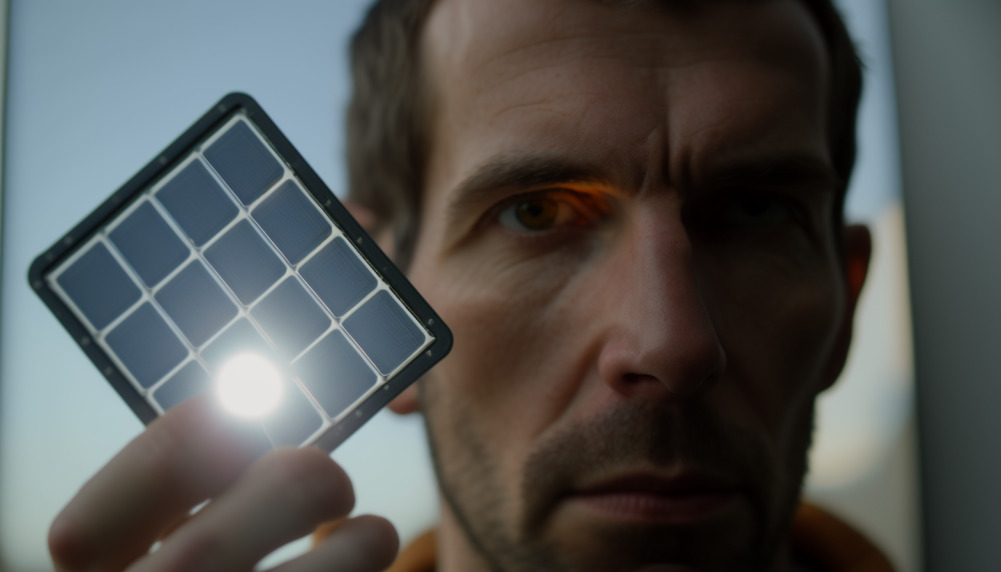
The science behind solar energy is based on the conversion of light into electricity through the use of photovoltaic (PV) cells or concentrating solar power (CSP) systems. Photovoltaic cells are made up of semiconductor materials, such as silicon, that absorb photons from the sun and release electrons, creating an electrical current. This current is then stored in a battery system or used to power a building or facility. CSP systems, on the other hand, use mirrors or lenses to focus the sun’s energy onto a small area, heating a fluid that is then used to generate electricity.
The history of solar energy dates back to the 7th century BCE, when people first started using the sun’s energy to dry crops and heat their homes. However, it wasn’t until the 19th century that scientists began to understand the science behind solar energy and the potential for its widespread use. Over time, solar energy has continued to evolve, with advancements in technology leading to improved efficiency and lower costs.
There are numerous benefits to using solar energy, including cost savings, sustainability, and reduced carbon footprint. Solar energy systems can be installed for residential, commercial, and industrial applications, making it a versatile energy source. In addition, there are various financing options available, including power purchase agreements (PPAs), loans, and leases, and government policies and incentives also play a role in promoting the adoption of solar energy.
The global solar energy market has seen tremendous growth in recent years, with installations reaching over 500 GW. This growth is driven by factors such as cost savings, sustainability, and a growing focus on renewable energy sources. Market trends indicate that this growth is likely to continue, with advancements in technology and increased adoption expected to drive further growth in the future.
The Science Behind Solar Energy
The science behind solar energy is rooted in the physics of light and its conversion into electricity. The basic principle of solar energy is the conversion of sunlight into electrical energy through the use of photovoltaic (PV) cells. These cells are made up of semiconductor materials, such as silicon, that absorb photons from the sun and release electrons, creating an electrical current.
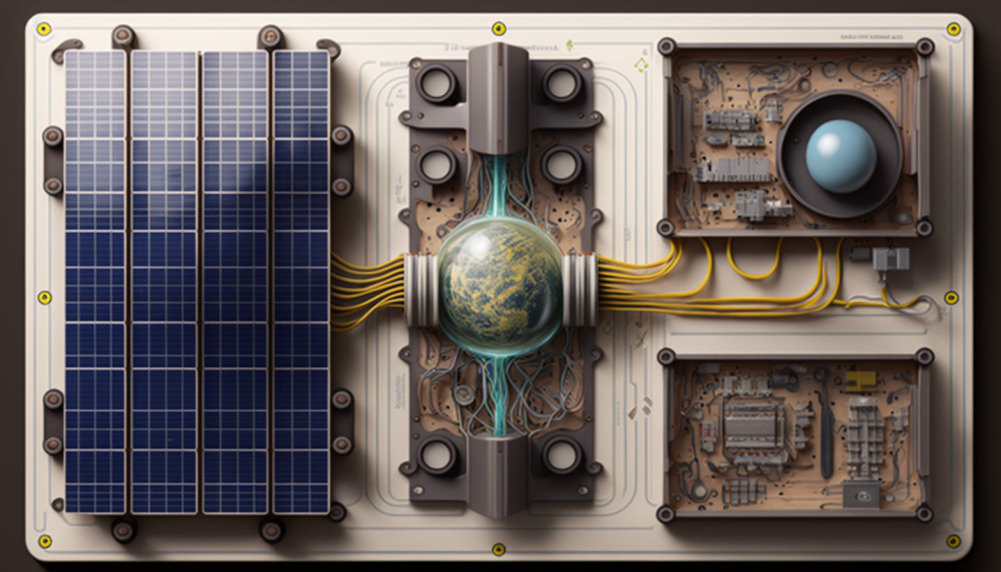
A solar energy system consists of several key components, including solar panels, inverters, and battery systems. Solar panels, also known as photovoltaic (PV) modules, are made up of multiple PV cells and are the primary component for converting light into electricity. Inverters are responsible for converting the direct current (DC) electricity produced by the solar panels into alternating current (AC) electricity that can be used by appliances and devices. Battery systems store excess electricity for use when the sun is not shining, providing a reliable source of power even during periods of cloud cover or nighttime.
The performance of solar energy systems is typically measured using units such as kilowatt hours (kWh), kilowatt peak (kWp), and system efficiency. Kilowatt hours measure the total amount of electricity produced by a system over time, while kilowatt peak measures the maximum power output of a system under standard test conditions. System efficiency refers to the percentage of sunlight that is converted into usable electricity by the solar panels.
Design and installation considerations for solar energy systems are crucial for ensuring optimal performance and efficiency. Factors such as the orientation and tilt of the solar panels, shading from nearby structures or trees, and the location of the inverter and battery systems must be carefully considered to maximize energy production. In addition, the electrical capacity of the building or facility must be sufficient to accommodate the added energy demands of the solar energy system.
Weather conditions can have a significant impact on the performance of solar energy systems. Cloud cover, for example, can significantly reduce the amount of sunlight available for conversion into electricity, while extreme heat can cause the performance of solar panels to decline. In addition, seasonal changes in weather patterns can also impact the performance of solar energy systems, with winter months often being particularly challenging due to shorter daylight hours and increased cloud cover.
Solar Energy Applications
Solar energy has numerous applications in a wide range of sectors, including residential, commercial, and industrial.
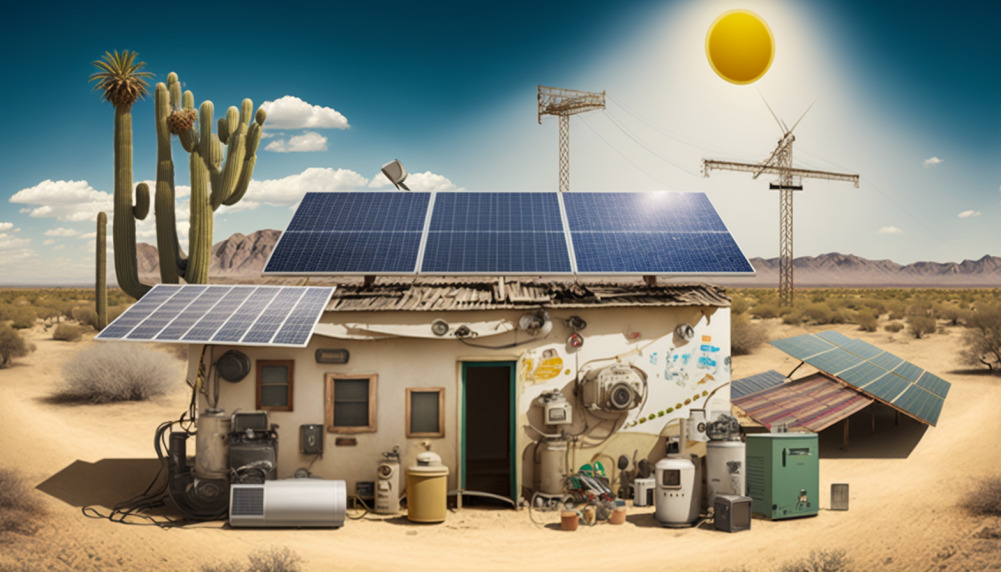
Residential solar energy systems are becoming increasingly popular as homeowners look for ways to reduce their energy bills and contribute to a more sustainable future. Commercial solar energy systems are being adopted by businesses of all sizes, from small retailers to large corporations, to reduce their energy costs and meet sustainability goals. Industrial solar energy systems are being used by manufacturers, utilities, and other large energy users to produce clean energy on-site.
There are several financing options available for those interested in investing in solar energy systems, including power purchase agreements (PPAs), loans, and leases. PPAs allow individuals or businesses to purchase solar energy from a third-party provider, typically at a lower cost than traditional energy sources. Loans and leases provide an opportunity to own or finance a solar energy system without making a large upfront investment.
Government policies and incentives play an important role in promoting the adoption of solar energy. Many countries offer tax credits, rebates, and other incentives to encourage the adoption of renewable energy technologies, including solar. Additionally, regulations and standards are being put in place to promote the use of clean energy and reduce greenhouse gas emissions.
The future of solar energy is bright, with continued advancements in technology and increased adoption. Advances in materials science and engineering are leading to the development of new and improved solar panels, inverters, and battery systems, making it possible to produce more energy with greater efficiency. As the cost of solar energy continues to decline and the public becomes increasingly aware of the benefits of clean energy, it is likely that we will see even greater adoption of solar energy in the coming years.
FAQ
What is solar energy?
Solar energy is energy that is derived from the sun. It is a renewable energy source that can be harnessed to generate electricity and power homes, businesses, and other organizations.
How does solar energy work?
Solar energy works by converting light into electricity using solar panels. The light is absorbed by the panels and converted into direct current (DC) electricity, which is then passed through an inverter to convert it into alternating current (AC) electricity. This AC electricity can then be used to power homes, businesses, and other organizations.
What are the different types of solar energy systems?
There are two main types of solar energy systems: photovoltaic (PV) systems and concentrating solar power (CSP) systems. PV systems use solar panels to convert light into electricity, while CSP systems use mirrors to concentrate the sun’s energy to heat a fluid that is then used to generate electricity.
What are the benefits of solar energy?
The benefits of solar energy include cost savings, sustainability, and a reduced carbon footprint. Solar energy systems can significantly reduce energy costs for homes, businesses, and other organizations, and they do not emit greenhouse gasses, making them a clean and renewable energy source. Additionally, by reducing the need for fossil fuels, solar energy systems help to reduce the amount of carbon dioxide released into the atmosphere, contributing to a healthier environment.
What is the current state of solar energy?
The current state of solar energy is growing and expanding globally. According to recent data, there has been a significant increase in the number of solar energy installations worldwide, and the trend is expected to continue in the coming years. Additionally, advancements in technology have made solar energy systems more efficient and cost-effective, increasing their appeal to homeowners, businesses, and other organizations.
What is the science behind solar energy?
The science behind solar energy involves the conversion of light into electricity. Solar panels absorb light and convert it into direct current (DC) electricity, which is then passed through an inverter to convert it into alternating current (AC) electricity. This conversion process is based on the photovoltaic effect, where a material releases electrons when exposed to light.
What are the different components of a solar energy system?
The components of a solar energy system include solar panels, inverters, and battery systems. Solar panels convert light into electricity, inverters convert direct current (DC) electricity into alternating current (AC) electricity, and battery systems store excess electricity for use when the sun is not shining.
What are the design and installation considerations for solar energy systems?
Design and installation considerations for solar energy systems include the size of the system, the orientation and tilt of the panels, and the location of the system. Factors such as the amount of available sunlight, the climate and weather conditions, and the amount of shading can also impact the performance of a solar energy system. Additionally, proper installation and maintenance are important for ensuring optimal performance and longevity of a solar energy system.
What are the various applications of solar energy?
Solar energy has a wide range of applications, including residential, commercial, and industrial applications. In residential applications, solar energy systems can be used to power homes and reduce energy bills. In commercial applications, solar energy can be used to power businesses and other organizations. In industrial applications, solar energy can be used to power large-scale operations and provide clean energy for manufacturing processes.
What are the financing options for solar energy systems?
There are several financing options for solar energy systems, including power purchase agreements (PPAs), loans, and leases. Power purchase agreements (PPAs) allow homeowners and businesses to purchase electricity from a solar energy system without having to buy the system outright. Loans allow for the purchase of a solar energy system and offer long-term financing options. Leases allow for the use of a solar energy system without having to purchase it, with the option to buy it later.
What is the role of government policies in promoting the adoption of solar energy?
Government policies play a significant role in promoting the adoption of solar energy. Policies such as tax credits, rebates, and incentives can make solar energy systems more affordable and accessible. Government regulations and standards can also encourage the development and growth of the solar energy industry.
What are the future trends in solar energy?
The future trends in solar energy include advancements in technology and increased adoption. As technology improves, solar energy systems will become more efficient, cost-effective, and reliable. Additionally, increased adoption of solar energy will drive further innovation and development in the industry. Other trends include the integration of renewable energy sources with existing energy grids and the use of solar energy for electric transportation.
Conclusion
In this article, we have explored the world of solar energy and its applications. Solar energy is a clean, renewable energy source that has the potential to play a significant role in meeting our energy needs. From residential to commercial to industrial applications, solar energy systems are being adopted by individuals, businesses, and organizations around the world to reduce energy costs and contribute to a more sustainable future.
The science behind solar energy involves the conversion of light into electricity and has been made possible through advances in materials science and engineering. Solar energy systems consist of solar panels, inverters, and battery systems, and the performance of these systems can be measured using different units.
Government policies and incentives play an important role in promoting the adoption of solar energy, and there are several financing options available for those interested in investing in these systems, including power purchase agreements, loans, and leases. The future of solar energy is bright, with continued advancements in technology and increased adoption.
In conclusion, solar energy has the potential to play a significant role in meeting our energy needs and addressing the challenges of climate change. It is an industry that is ripe for growth and innovation, and we encourage further exploration and research into this exciting and important area of energy. By investing in solar energy, we can help to create a more sustainable future for ourselves and generations to come.

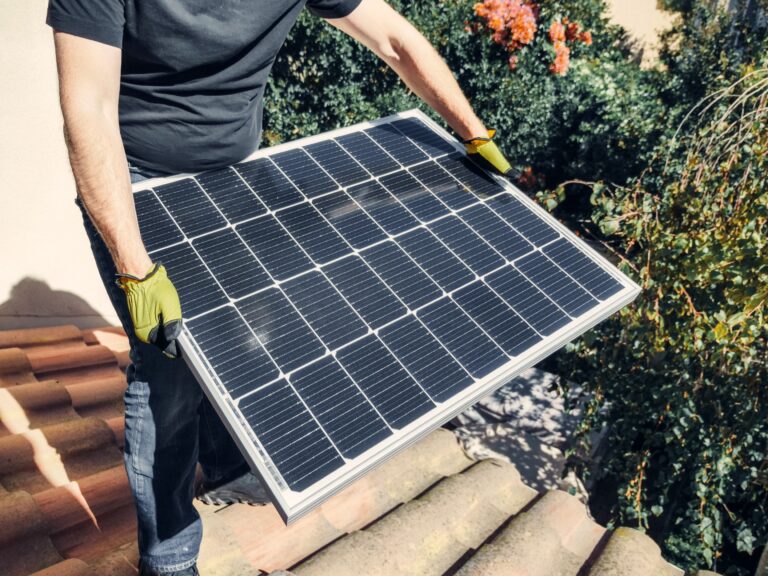
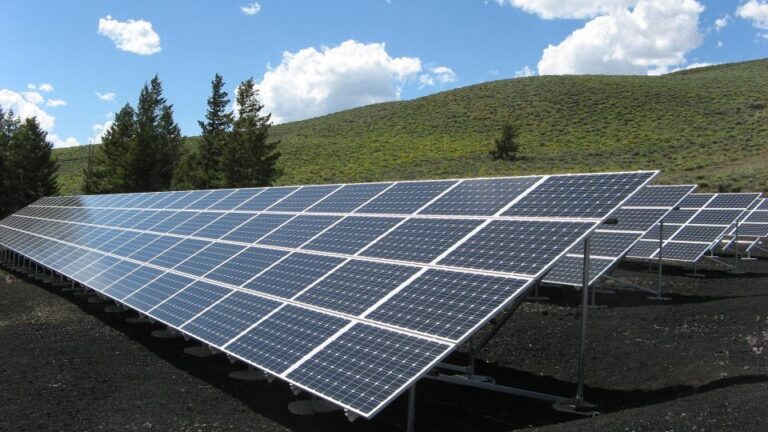
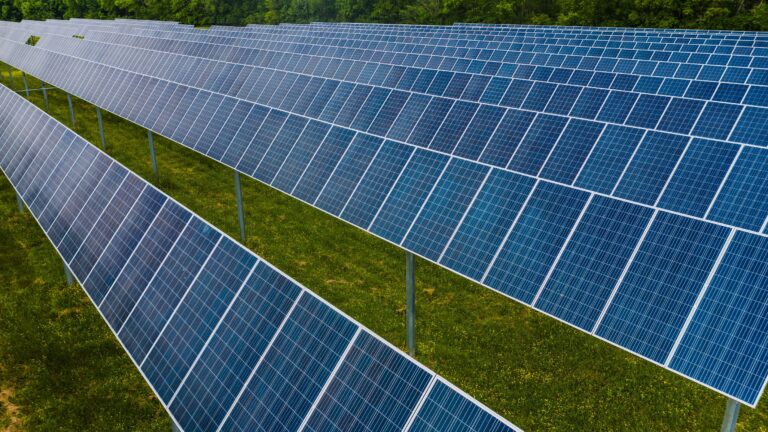
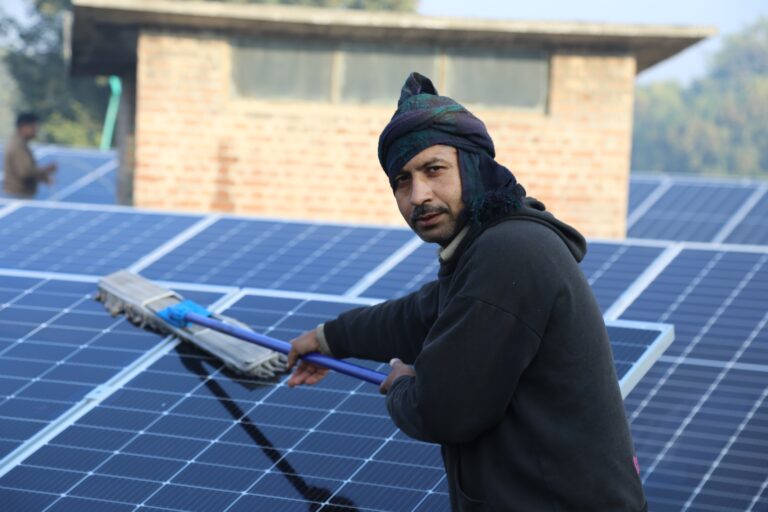

2 Comments